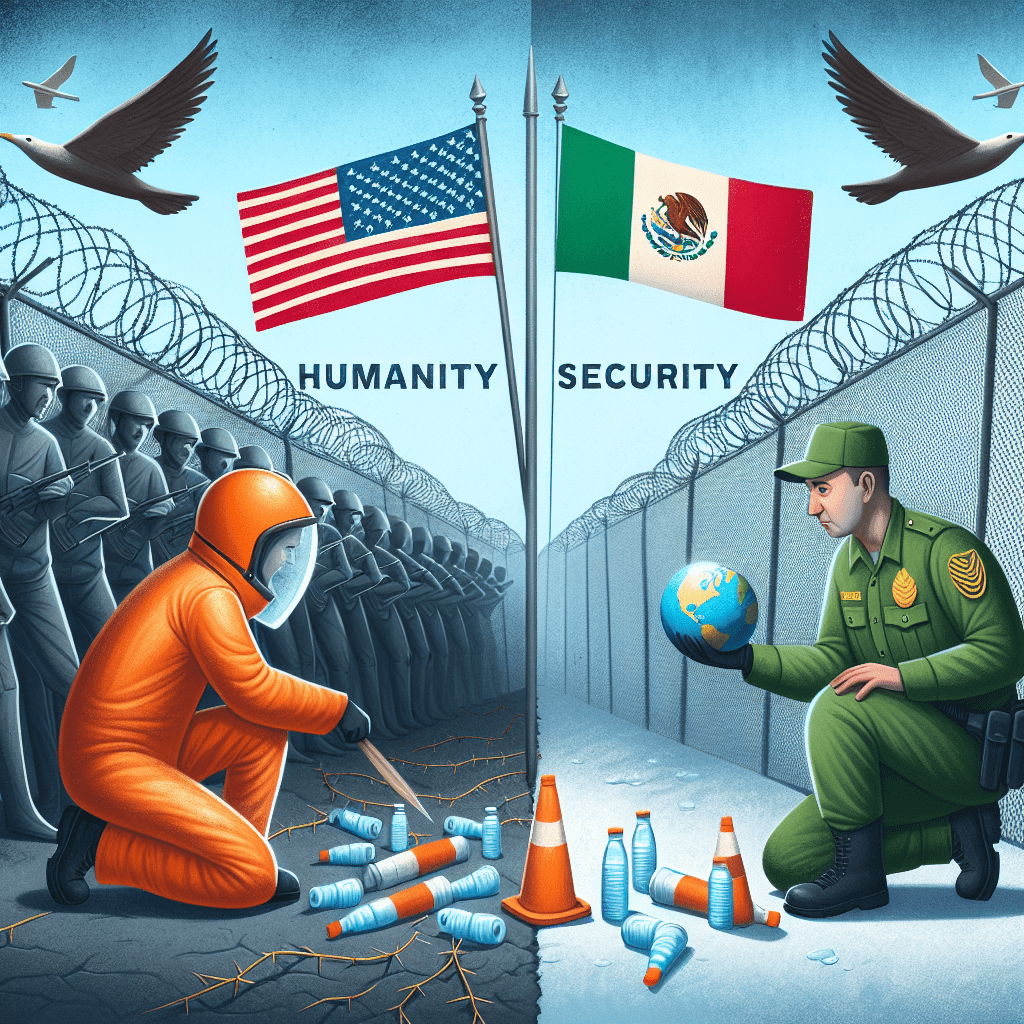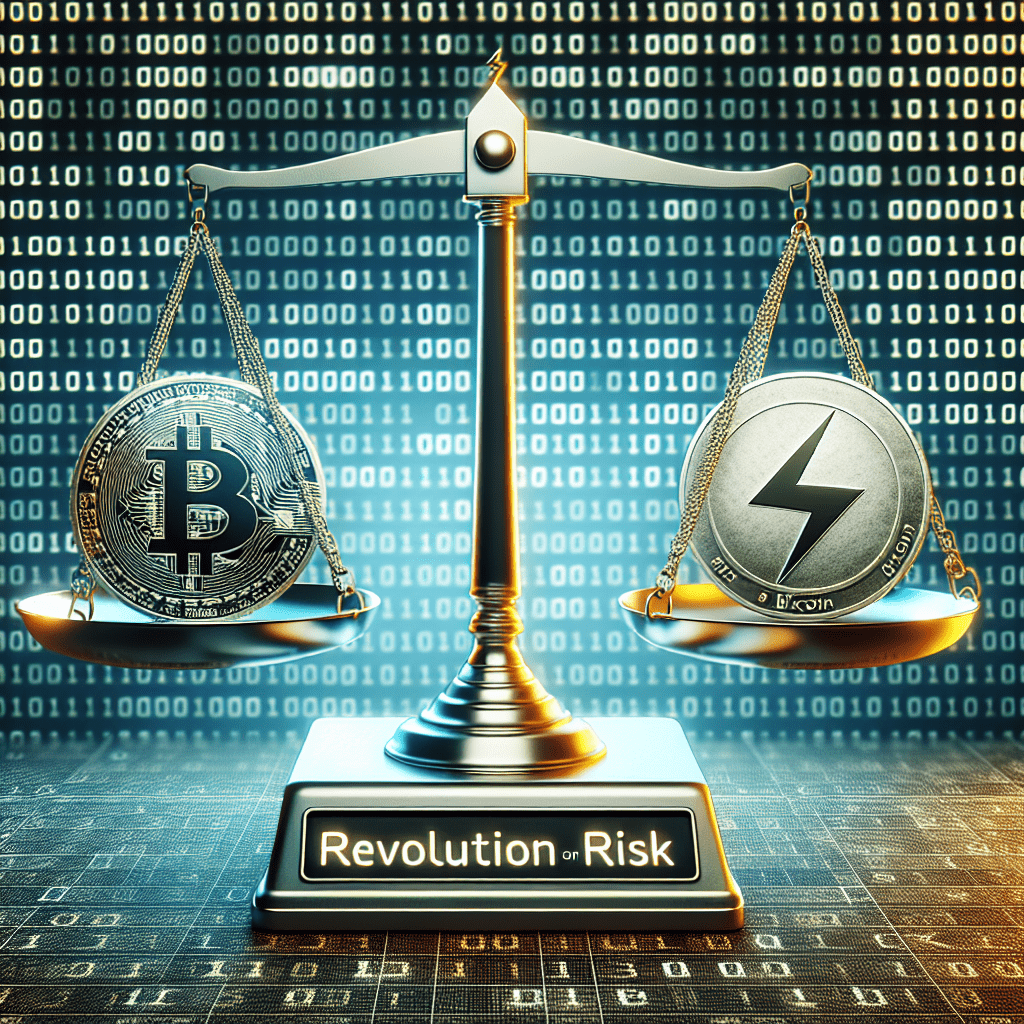Have you ever thought about how closely climate change and the economy are linked? Climate change is not only a major threat to our planet, but also has a direct impact on the global economy. Companies are confronted with changing production conditions, new regulations and increasing responsibility towards society. In politics, the challenge is to find solutions that meet both the economic needs of the population and the protection of our climate.
This balancing act is one of the greatest challenges of our time. This text provides an overview of the link between climate change and the economy, the economic impact of climate change and policy responses to it. It also takes a look at adapting the economy to green infrastructure and the role of tax policy in tackling climate change. From international cooperation to conflicts between economic and environmental goals, important aspects are highlighted. The opportunities and challenges of green economic growth are also discussed. This will give you a deep insight into the topic so that you can form your own opinion and take part in informed discussions.
1 Understanding the link between climate change and the economy
It is important to understand that the economy and climate change are closely linked. The way we produce and consume has a direct impact on the environment and the climate. On the one hand, human economic progress can lead to higher emissions of greenhouse gases, which accelerate climate change.
On the other hand, climate change can have a significant impact on the economy. Extreme weather events, which are intensified by climate change, can cause considerable damage to infrastructure and production capacities. They can also affect agricultural productivity and threaten the livelihoods of many people.
It is therefore essential to understand the relationship between climate change and the economy in order to formulate effective policies to combat climate change and manage economic development. Only in this way can we ensure a more sustainable and climate-resilient development process.
2 Economic impacts of climate change

Economic impacts of climate change
You may have heard that climate change is having a major impact on our environment – rising sea levels, melting ice caps, extreme weather conditions such as droughts, storms and floods. But did you also know that it has a dramatic economic impact?
First of all, extreme weather events lead to enormous costs. They cause damage to infrastructure and buildings, destroy crops and other natural resources, and can even devastate entire communities. The cost of repairing this damage and rebuilding communities can run into billions.
But there are also indirect costs. Consider, for example, the health impacts of climate change, such as heat-related illnesses or the increase in disease vectors such as mosquitoes that spread diseases like malaria and dengue fever. These health impacts lead to high health costs and productivity losses.
Finally, climate change can also affect trade patterns by changing the cost and availability of commodities. Regions that are heavily dependent on the climate, such as agriculture or tourism, could be hit particularly hard.
All of this has a potentially dramatic impact on the global economy. Some economists estimate that if we do nothing about climate change, its long-term costs could far exceed those of the 2008 recession.
It is therefore up to us to take action to combat climate change and make our economies more resilient.
Policy responses to climate change
In terms of policy, there are various approaches aimed at tackling climate change and making our way of life more sustainable. One of the most important steps is to create a legal framework that limits greenhouse gas emissions. You may have heard of international agreements such as the Paris Climate Agreement, in which signatory countries commit to reducing their emissions.
However, political measures also include investments in research and development to promote new renewable energy technologies. Only with clean energy can we move away from fossil fuels in the long term and achieve the targets for reducing global warming.
Another approach is to promote the circular economy. Instead of products ending up in landfill after use, they should flow back into the production process. This also means that manufacturers are responsible for the entire life cycle of their products, including their disposal.
Politicians also need to take action in education to raise awareness and understanding of climate change. With targeted education programs, they can ensure that you and future generations have the skills and knowledge to meet the challenges of climate change.
All of these measures are important and must be implemented in parallel to limit the far-reaching effects of climate change. It is a complex problem that requires a broad policy response.
4 Adapting the economy to green infrastructure
As part of the global effort to tackle climate change, adapting the economy to green infrastructure plays a central role. As you know, green infrastructure includes projects that aim to reduce carbon emissions. This can be done, for example, through the use of renewable energy, the expansion of public transportation or the promotion of energy-efficient buildings.
This requires a change in many areas: Industry, the energy sector, transportation and housing. Major investments are needed to promote and implement green infrastructure. As the transition to a green economy takes place on many levels, it can also create new jobs and thus promote economic growth.
However, adapting to a green economy is not only a challenge, but also offers many opportunities. On the one hand, it can lead to technological innovations, and on the other, it can open up new markets and economic sectors. The transition to a green economy can therefore not only combat climate change, but also generate economic growth.
However, in order to achieve this, decisive policies and active support from the business community are required. In addition, society must be made aware of the issue and processes must be made transparent. In this way, each individual can consciously opt for a green economy and help to combat climate change.
5 The role of tax policy in combating climate change
With regard to climate change, one could ask: How big a role does tax policy actually play? The answer is very simple: enormous. Indeed, tax policy can be a key instrument in the fight against climate change. Through targeted incentives and sanctions, it can play a key role in motivating both businesses and consumers to make more environmentally friendly decisions and behaviors.
A common approach here is the so-called ‘CO2 tax’ or ‘carbon tax’. This model has already been implemented by many countries and can essentially be summarized as follows: Those who emit more CO2 must also pay higher taxes. This is intended to create an incentive to reduce CO2 emissions and accelerate the transition to renewable energies.
Another approach is to subsidize sustainable products and services. This makes them more attractive to consumers and thus creates an incentive for sustainable consumption. Examples of this include supporting electromobility through purchase premiums or tax benefits for energy-efficient building technology.
The challenge here is to design a fair and socially balanced tax policy. A CO2 tax, for example, could lead to higher energy and living costs for consumers and is therefore not without its critics. Alternatively, the state could return the resulting additional revenue and thus create a kind of “social balance”.
But one thing is certain: although tax policy cannot reshape the economy on its own, it is an indispensable tool in the global effort to combat climate change.
6 International cooperation to combat climate change
The need for international cooperation to combat climate change is undeniable. This is because climate change is a global problem that transcends national borders and requires collective action. You will find that no country can tackle this challenge alone.
International treaties and agreements such as the Paris Agreement are examples of the kind of cooperation that is needed. Here, countries around the world have agreed to make a joint effort to limit global warming. Particular attention is being paid to developing countries, which have been promised special support in adapting to climate change.
However, implementing these agreements is often a challenge. Many countries have difficulties in achieving their emissions targets. This is partly due to economic interests, which often overshadow environmental concerns.
Despite all this, you can see that the international community has recognized how important it is to work together in the field of climate protection. And although there are still many obstacles and conflicts, progress is being made. International cooperation is therefore a crucial step in the fight against climate change.
7 Conflicts between economic and ecological goals
Reconciling economic and ecological goals is no easy task. Conflicts often arise when economic growth and profit maximization come at the expense of the environment. For example, industrial expansion can lead to increased greenhouse gas emissions and harm the environment. Or a farmer could achieve a higher harvest through the intensive use of pesticides and profit from this, but this could have a negative impact on soil quality and biodiversity.
To resolve these conflicts, it is necessary to weigh both economic and environmental objectives in a balanced way. One way to achieve this could be to promote more environmental responsibility in companies through the implementation of “green” technologies and practices. At the same time, progressive tax and subsidy policies could encourage companies to adopt more environmentally friendly practices.
Nevertheless, it is important to remember that finding this balance is not always easy and it may be necessary to make difficult decisions. Ultimately, success in overcoming these conflicts depends on ongoing and constructive cooperation between governments, businesses and civil society.
8 Opportunities and challenges of green economic growth
There are both challenges and opportunities in the pursuit of green economic growth. While the transition to renewable energy and sustainable forms of production requires huge investments in infrastructure and technology, it also opens up exciting opportunities for innovation, new job opportunities and improved public health.
The first step towards green economic growth is to raise awareness of these challenges and opportunities. You need to realistically assess the costs of transitioning to a greener economy and identify opportunities for efficiency gains.
The challenges should not be underestimated. Switching to renewable energy, for example, can have significant upfront costs, even though it may be less costly than traditional fossil fuels in the long run. In addition, it can be difficult to mobilize sufficient investment for necessary infrastructure improvements.
But on the other hand, there are also huge opportunities. Green economic growth can lead to the creation of new, sustainable jobs and promote innovation. This can lead to a stronger, more resilient economy that is able to meet the challenges of the 21st century.
Another significant benefit is the improvement in public health. By eliminating fossil fuels and reducing air pollution, many health problems can be avoided. A study by the World Health Organization shows that 7 million premature deaths each year are caused by pollution. This suggests that a green economy is not only good for the planet, but also for the people who live on it.
Achieving green economic growth will be a balancing act, but it is a necessary and worthwhile path for a sustainable future.





